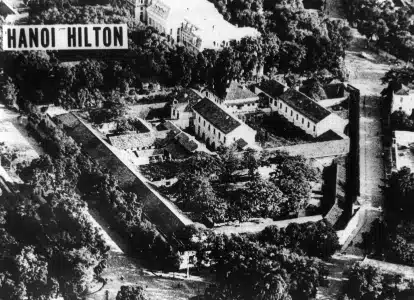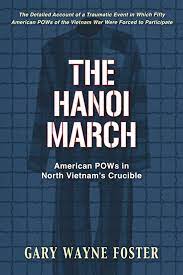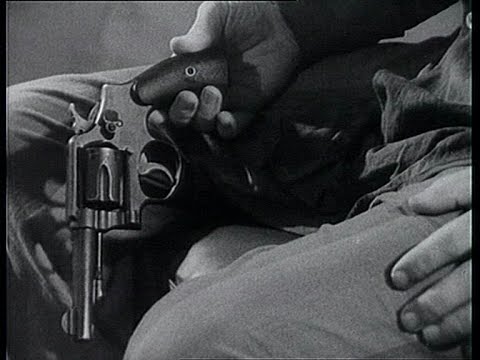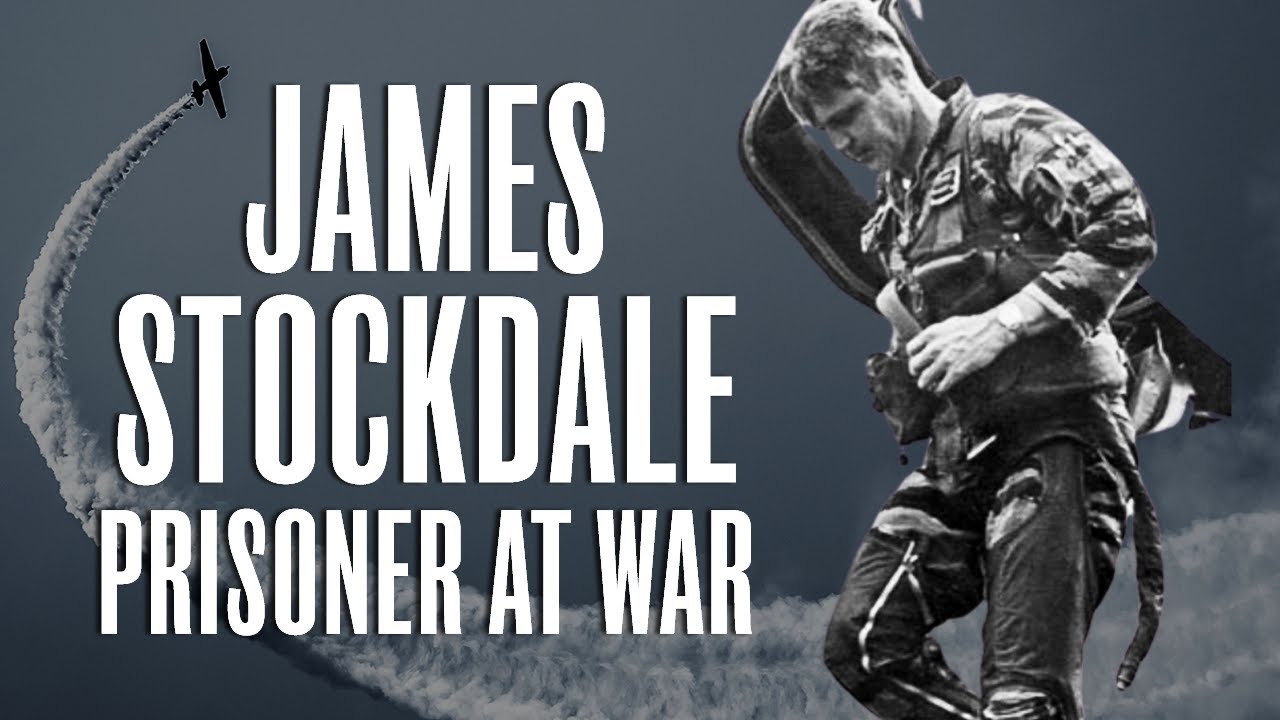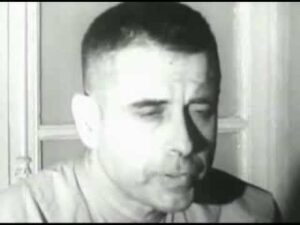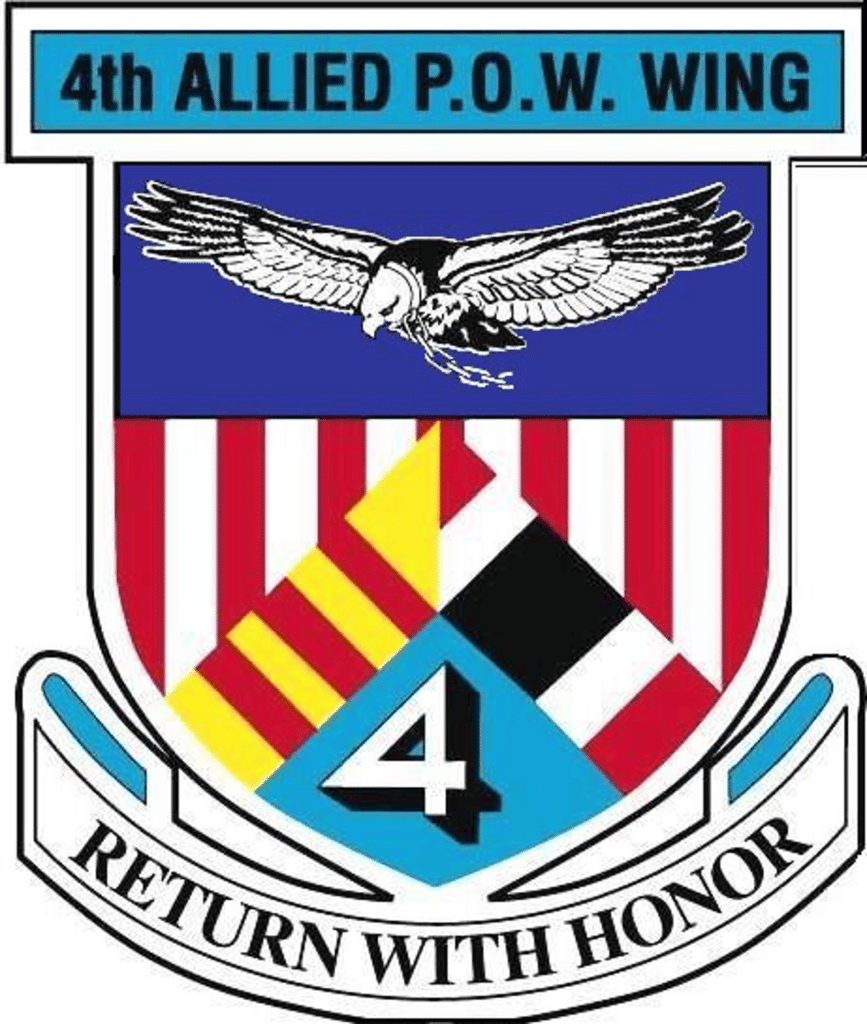
Captivity and Courage: American POWs in the Vietnam War
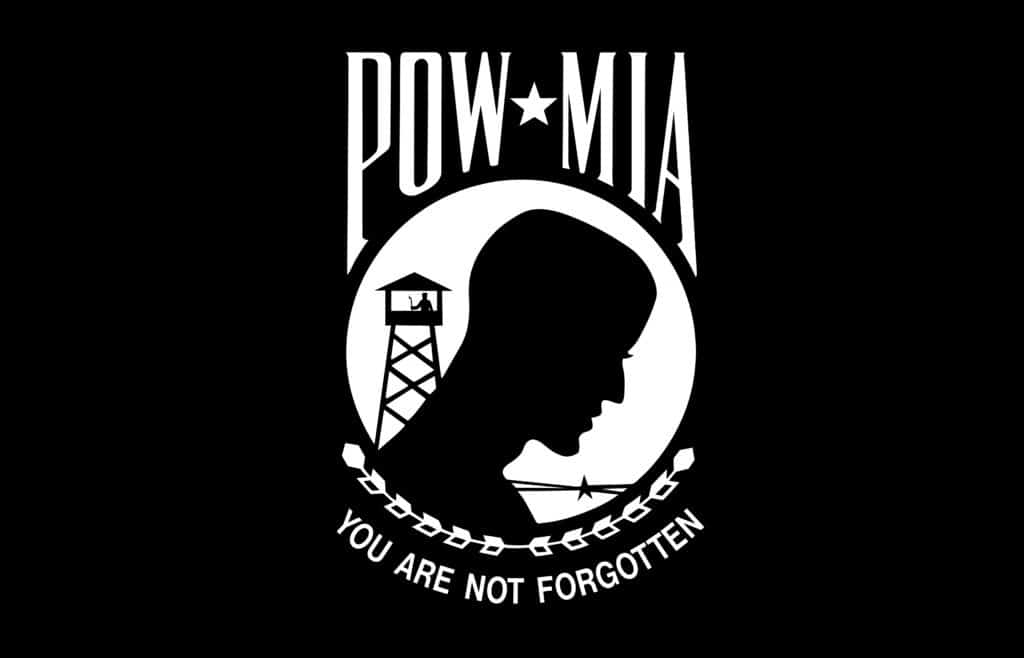
The website provides an extensive range of materials, such as documentaries, interviews, biographies, memoirs, and factual information, all focusing on the US Prisoner of War experience in Southeast Asia during the Vietnam War.
186
117
352
22
37
The U.S. prisoner of war (POW) experience in the Vietnam War was deeply traumatic, and it varied widely depending on the individual and the circumstances of capture.
Here is an overview:
1. Capture and Transport: Many U.S. servicemen were captured after their aircraft were shot down over North Vietnam. Following their capture, they were typically bound, blindfolded, and subjected to physical abuse during initial interrogations. Many POWs were marched or transported to prison camps, a journey that could take days or weeks, during which they might face further mistreatment by guards or local villagers.
2. Hanoi Hilton: One of the most infamous prison camps was the Hoa Lo Prison in Hanoi, sarcastically dubbed the “Hanoi Hilton” by the U.S. POWs. Many of the American POWs spent time here, and it became symbolic of the entire POW experience.
3. Conditions: Living conditions in the prison camps were harsh. POWs dealt with overcrowding, poor sanitation, lack of medical care, and malnutrition. Many prisoners suffered from diseases such as beriberi, pellagra, dysentery, and malaria.
4. Torture and Interrogations: Torture was a frequent and brutal fact of life for many POWs. Interrogations were conducted to extract military information, but also to obtain propaganda statements or confessions. Common torture methods included rope bindings (the ‘ropes”), beatings and extended periods in stress positions. The aim was often not just to extract information but to break the prisoner’s spirit.
5. Resistance: Despite the inhumane treatment, many POWs developed covert methods of communication, such as the “tap code,” to maintain morale and resist their captors. This camaraderie and resistance were vital for the mental well-being of the prisoners.
6. Release: The Paris Peace Accords in January 1973 included provisions for the release of U.S. POWs. Over 500 American POWs were released in Operation Homecoming during February and March 1973. However, their return home was not without challenges. Many faced physical and psychological scars, and they returned to a deeply divided nation, where the war was controversial and unpopular.
7. Aftermath: Many Vietnam POWs went on to lead successful post-war lives, but the experience left indelible marks. The trauma of captivity led some to face long-term physical and psychological challenges, including post-traumatic stress disorder (PTSD). Their stories have since been told in various memoirs, interviews, and documentaries.
8. MIA Controversy: Alongside the POW issue was the topic of Americans listed as “Missing In Action” (MIA). For decades, rumors and speculations persisted about American servicemen being left behind and possibly still being alive in Southeast Asia. This led to numerous investigations and a deep emotional commitment by many to “account for every last man.”
The POW experience in Vietnam was a tragic chapter in the larger story of a deeply divisive war. The resilience and courage displayed by these individuals under such harrowing circumstances is a testament to human endurance and spirit.
Featured Books
Featured Videos
